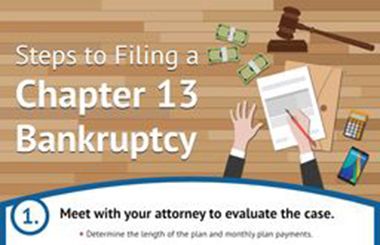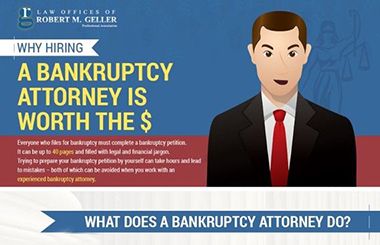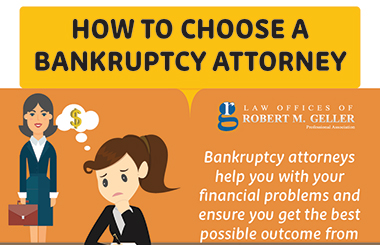According to the American Bankruptcy Institute, over 400,000 people filed for bankruptcy in the second quarter of 2010. This is on top of the over 373,000 people that filed in the first quarter of the year. These numbers lead experts to predict that 2010 will have the largest number of bankruptcy filings since 2005.
Bankruptcy is the first step for many people to get out from under overwhelming debt. But once the bankruptcy process is complete, consumers are forced to consider another major step in rebuilding their financial lives. This step is reestablishing credit.
Finding credit may seem difficult after bankruptcy. There are steps you can take to find affordable credit now and make the process easier in the future.
Checking Credit Reports
A clean credit report can be your lifeline to obtaining new credit. The three major credit bureaus, Equifax, Experian and TransUnion, compile information on consumers’ credit accounts and payment history. This information is used by banks and lenders. It helps them determine the amount of credit they will extend and any interest rates on loans.
Despite the importance of these reports, they often contain errors. A report by the
National Association of State Public Interest Research Groups indicates that up to 79 percent of credit reports contain some sort of error. After bankruptcy, it is important to review your report. Make sure that all debts associated with the bankruptcy are properly noted on your credit report. This tells the banks and lenders that you are no longer responsible for the debt.
Secured Credit Cards
Though credit cards may have played a major role in debt issues, using a credit card responsibly is one of the best ways to rebuild your credit history. The most common type of credit card is the unsecured credit card, where the bank extends a line of credit not secured by any collateral. After bankruptcy, offers for unsecured cards can be a year or two away, if not longer. A secured credit card, however, is another valuable option for people to reestablish their credit.
In a secured credit account, money is deposited into the account and the bank extends a line of credit equal to the amount of the deposit, minus any fees. The deposit acts as the security, assuring the bank it will be paid back.
One drawback to secured credit accounts are the high fees often associated with them. It is possible, however, to find an account with reasonable rates and fees. You should also verify with the bank or card issuer that the payment history will be shared with the three major reporting agencies. If this is not done, using the card will do nothing to help develop your credit history or improve your score.
Also, with a good payment history, some banks will convert the secured account into an unsecured line of credit within one or two years.
Obtaining a Mortgage
While checking credits reports and demonstrating the ability to use credit properly are good initial steps, people ultimately want to know how long it will take to get the credit they need to buy a car or new home. Generally, most people are able to obtain conventional mortgage funding two years after they receive a discharge of their debts.
Getting Help to Reestablish Credit
Other steps you can take to rehabilitate your credit include learning to live on a responsible budget, paying your bills on time, and not maxing out your new lines of credit. Even though you are taking the right steps, it will take some time to completely heal your credit report.
Experience has shown that many people after bankruptcy go on to reestablish their credit and are glad they filed. If you feel you’re falling behind on your bills or mortgage, it’s important to get help early in the process. Speaking with an experienced bankruptcy attorney, can inform you of your options both before and after bankruptcy.

















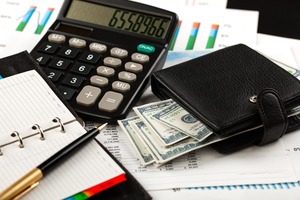


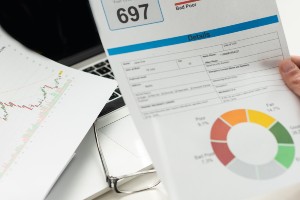





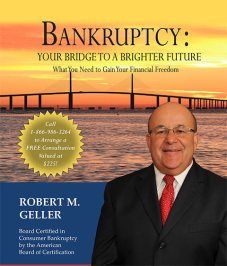
![Signs That You May Need to File Bankruptcy [Infographic]](https://djml3wkzi26ea.cloudfront.net/wp-content/uploads/2021/01/signs-chap7-v-chap13.jpg)
![How To File for Bankruptcy [Infographic]](https://djml3wkzi26ea.cloudfront.net/wp-content/uploads/2020/07/bankruptcy-steps-infographic-web.jpg)
